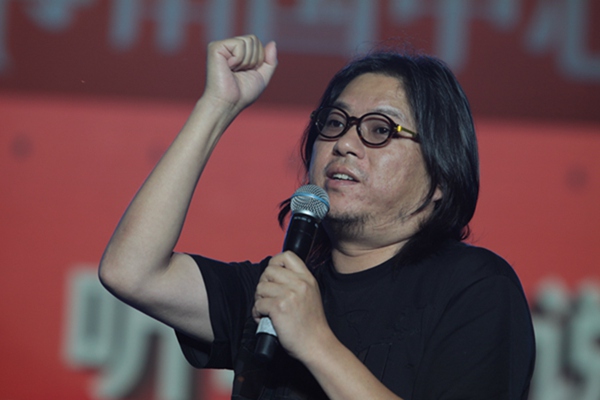 |
|
Gao Xiaosong. [Photo provided to China Daily] |
Student appeal
This type of music - minyao - was very popular in China a few decades ago. At its peak in the 1990s, indie folk music was closely associated with campus life in China.
A group of Chinese singer-songwriters defined those years with their music, known as "campus folk songs".
"It's almost a pilgrimage," says Hao Yun, a Beijing-based indie folk-rock singer-songwriter, whose folksy and humorous music style made him one of the best-received performers at outdoor music festivals in China. "A fair number of high school and university students who were born in the 1970s and early '80s grew up with those songs and were influenced by them, like me."
"Folk music, unlike heavy rock or catchy pop songs, is inspiring and healing," Hao adds.
One of the representative figures of the era of "campus folk songs" is Gao Xiaosong.
Born in an intellectual family in Beijing, Gao picked up the guitar while studying at Tsinghua University as a way to attract women, he said. Through his heartfelt lyrics, he talked about romance, friendship, and everything inspired by his life. The rhythms, which are mainly guitar-driven, are soft and simple. Singers who performed Gao's songs, such as Lao Lang and Ye Pei, also became icons among fans.
"Indie folk songs are about expressing the songwriters' emotions. The music is relatable and makes the listeners think about their own lives. That's why the music genre attracts fans of different generations," says Gao, who is now mostly focused on judging TV variety shows and hosting talk programs on the internet.
Today the audience for indie folk music is not limited to university students but embraces people of various social classes, says Gao.
What's more, indie folk singer-songwriters are not just eager to produce new songs but also have an entrepreneurial spirit as they manage their careers. The internet and social media help folk singer-songwriters promote their music.